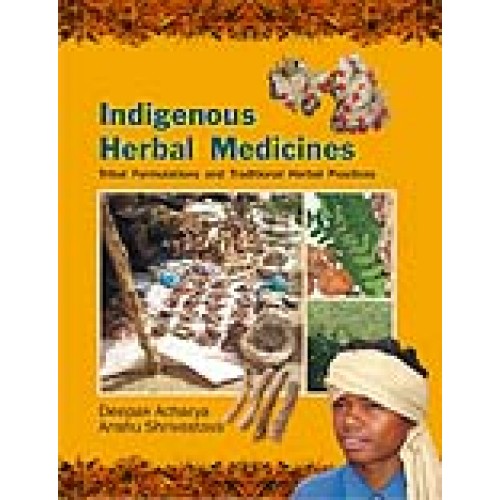Indigenous knowledge behind traditional practice of herbs is like crude diamond, hardest but without shine and not acknowledged and accepted as “Diamond” by the people. Today an artificial shining stone, well packed, aggressively marketed and supported by strategic advertisement is the biggest threat to the existence of real Diamond. If this continues then this phenomenon of endangered indigenous knowledge of tribals will become extinct and needless to discuss, we the human being will be deprived of the real essence and hence the biggest looser. It is important to know that it requires $ 1.5 billion and 10-15 years to develop a new drug, whereas, the development of new drug through traditional herbal knowledge and tribal healers could be much shorter and needless to discuss “cost effective”. The whole book moves around the fulcrum of traditional herbal knowledge of Indian tribesmen. It is the finest attempt to explain the traditional herbal knowledge of Indian tribal regions which are very different in terms of forest, vegetation, cultures, and beliefs. Nevertheless, equally competitive so far age old medicinal practices are concerned.
The book deals with about 210 important medicinal plants used by the traditional herbal healers in India. Given vernacular names in English, Sanskrit and many other Indian regional languages, short diagnostic taxonomic description, ecology and distributional aspects provided under each plant and up-to-date information about the ongoing research of every medicinal plant mentioned here makes this book more reader friendly and advanced. Latest accepted and valid botanical names in accordance with ICBN have been adopted for the medicinal plants to sustain correct identity. The book contains more than 2200 traditional herbal practices as per the different disorders, methodology of drug preparation and procedure of intake. Easy language, 90 high resolution colour photographs and systematic presentation of medicinal plants with major emphasis given on traditional herbal therapies, usage, and comparative analysis along with data-tables make the study more exhaustive and generate temptation to read it again and again.
It is hoped that it will serve as an informative databank for herbal researchers who are engaged in new drug development; a perfect reference material for Ethnobotanists, Herbalists and Pharmacologists; and a guiding tool for a housewife for home remedies.
| Common |
| Author |
Deepak Acharya, Anshu Shrivastava |
| Binding |
Hardcover |
| Edition |
1 |
| ISBN |
978-81-7910-252-7 |
| Language |
English |
| Number Of Pages |
xxviii+444 |
| Publication Year |
2008 |
| Publisher |
Aavishkar Publishers, Distributors, Jaipur |





















































